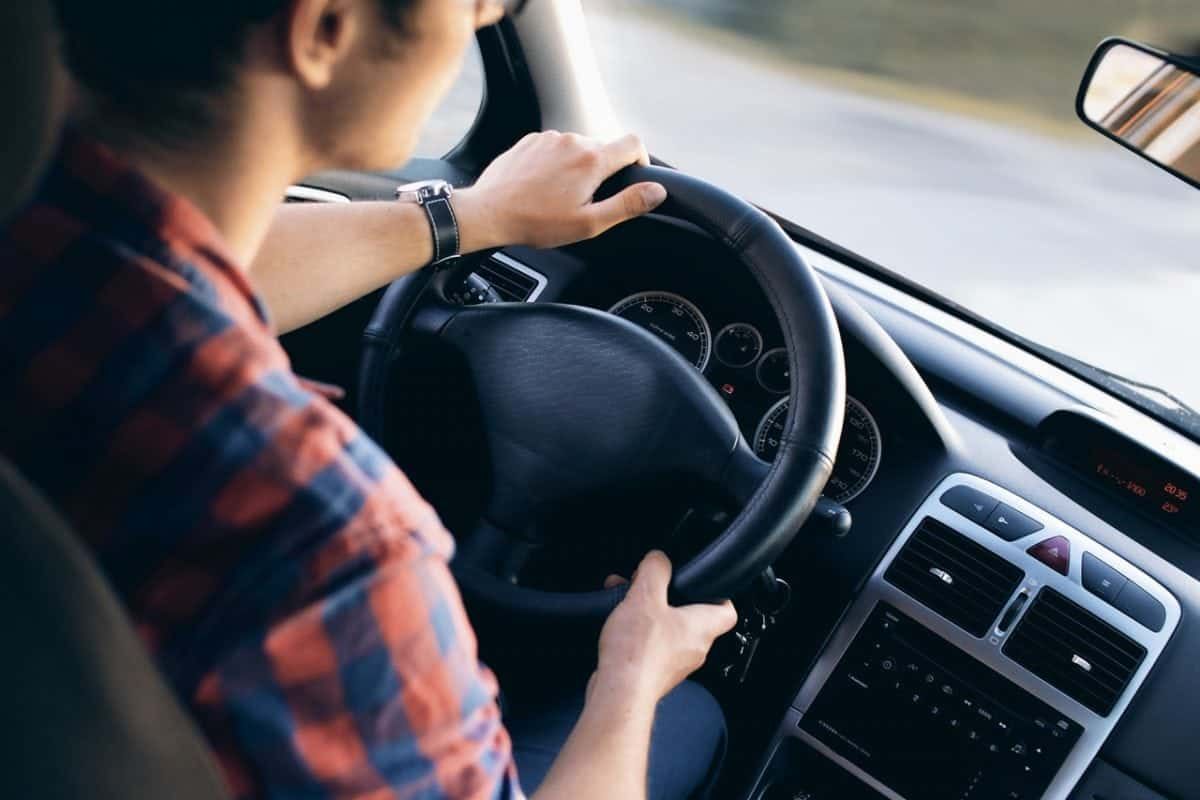
Whether you’re planning on helping your children with their progression into the world of driving or not, as soon as they reach their magical 17th birthday, it’s all that is going to be on their minds. According to a study from the RAC, nearly half of UK teenagers learn to drive when they were 17-years old whereas only a small 13% waited until they were 26 to learn. The majority of parents admitted to paying, supporting or sharing a car to help their children pass the test, but this hasn’t stopped all 73% of them having the fear that their child could be involved in a serious accident.
Not to worry though, you can prepare your children way before they’re on the road to make sure that they’re safe. From pointing out hazards to explaining why you’re doing something a certain way, an early education can secure your children’s future on the road. Remembering specific situations such as always looking twice, slowing down for horses, how to safely over take cyclists and enforcing the rule that phones and driving don’t go together is a great way to kick-start your child’s perception of being on the road.
Something that not many parents cover, and it’s not really a big part of the test either is a breakdown. According to the RAC, in 2016 alone 253,147 people broke down because of battery problems with well over 200,000 coming to a standstill because of their tyres. Even if you have made sure your not-so-little-ones have the best roadside assistance cover should they get into this situation, have you given them the low down on how to behave in the case of a breakdown?
A few things to remember: